Jalan Sultan Hishamuddin in Kuala Lumpur has many historical buildings and one of the most prominent is The Majestic Hotel Kuala Lumpur (KL) - the city’s finest hotel and truly luxurious property that combines the best of past and present.
The five-star hotel, owned and operated by YTL Hotels, the hospitality arm of YTL Corp Bhd has played a prominent and memorable role in the capital and the country's history.
Built in 1932 as one of colonial Malaya’s finest hotels, The Majestic Hotel, regarded in its heyday as one of the great hotels in Asia, has joined the ranks of the world’s legendary properties, like The Peninsula in Hong Kong, Singapore’s Raffles and New York’s Waldorf Astoria. This is after YTL Hotels restored this grande dame to its former glory and majesty.
The Majestic Hotel first opened its doors on 15 August 1932 and back then was called Hotel Majestic. It was the largest and grandest hotel in Kuala Lumpur, unrivalled for its prestige and luxury.
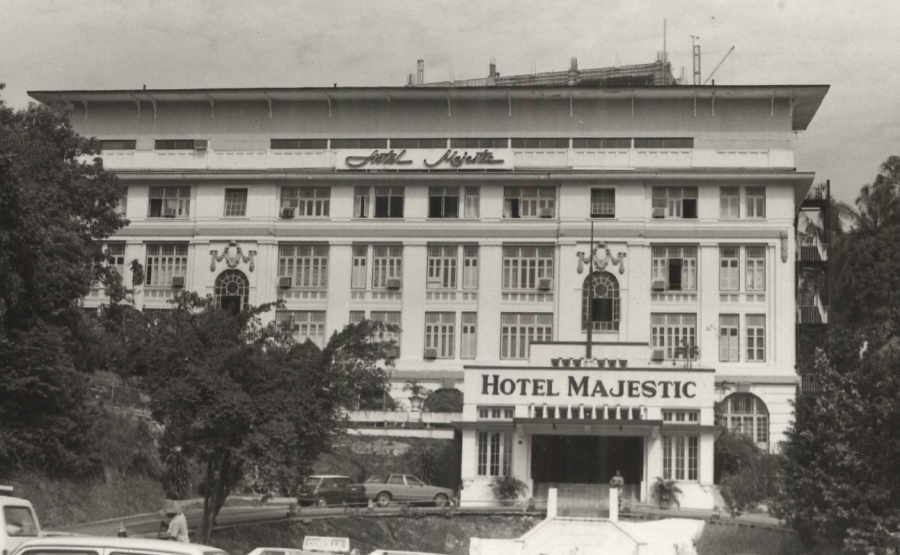
The property was designed by Dutch architect Van Leangeanderg from Keyes and Dowdeswell in a hybrid of neo-classical and art deco styles and was built at a cost of 500,000 Straits dollars. It was designed for the Trustees of the Estate of Loke Wan Tho, the youngest son of the businessman and philanthropist Loke Yew.
The hotel, which measured 150 feet in length and 70 feet high sat on a commanding hilltop site facing another of Kuala Lumpur’s famous landmarks, the Moorish style railway station. It was the first choice for many travellers entering the capital city. The lodgings featured 51 rooms with modern sanitation, 18 of which had long baths and boasted hot and cold showers. Custom-designed furniture, silverware and furnishings imported from England all added to the sumptuous surroundings.
This was a great luxury in that era and was a hit with the local nobles and colonial elite of the 1930s. Among the guests at that time were Mrs Buxton, the secretary to the High Commissioner Sir Gerald Templer, theatre buff and author Donald Davies, as well as Chinese actress Tze Loh Lin, who stayed at the hotel during the release of her movie Dark Heaven.
 |
A special feature was the roof garden, with a dance floor and seating for 350 guests. Artistes from all over the world performed at the hotel, including popular acts from Hollywood and the Coliseum in London.
Hotel Majestic played a significant role in many events before finally closing its doors on 31 December 1983. Although it was classified under the Antiquities Act 1976, which provides for the preservation of places and structures of historical and architectural significance, it didn’t stop its closure and many were sad about it as they viewed it as an irreplaceable national treasure.
 |
| The hotel standing majestically along Jalan Sultan Hishamuddin in the 1930s. Courtesy Photo |
What replaced Hotel Majestic was the National Art Gallery. Many signed petitions to prevent the hotel from being turned into an art gallery but they couldn't save it. The hotel underwent a minor interior refurbishment to fit its new role.
The gallery was housed there for 14 years from 1984 until 1998.
Restoring Hotel Majestic to its glory days
Restoring Hotel Majestic to its glory days
In 1995 the government considered a proposal by Syarikat Yeoh Tiong Lay (YTL) Sdn Bhd which looked at building a new National Art Gallery in Jalan Termeloh, off Jalan Tun Razak.
The YTL group built and completed the new art gallery in 1998 in exchange for Hotel Majestic. However, it was not until 2008 that YTL received approval to refurbish and develop the building into an exclusive hotel and a new chapter began.
YTL saw the painstaking restoration of Hotel Majestic from the original five-story building to a classic colonial hotel adding more rooms and facilities.
 |
| View from the pool at The Majestic Hotel KL. Photo courtesy of Neshall Zorgo |
The previous lodgings with more than 50 rooms were converted to 48 luxurious suites with full butler service and renamed the Majestic Wing.
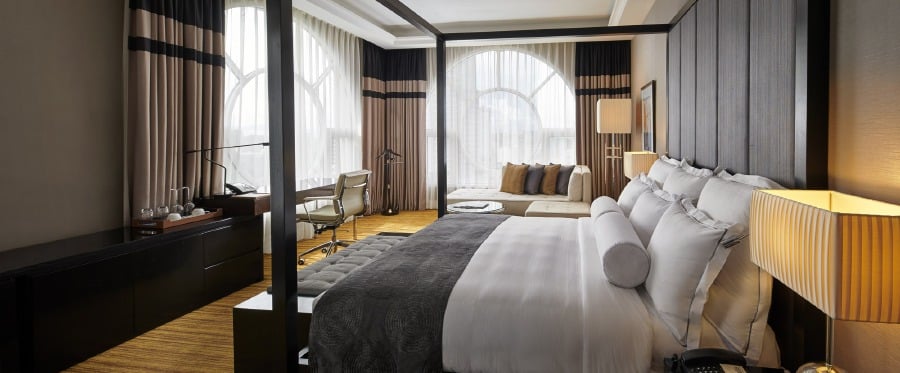
YTL had further developed the land surrounding the building. On the right of the Majestic Wing is the Majestic Spa, offering an array of rejuvenating experiences amidst style and opulence. On the left of the Majestic Wing, is the newly built Tower Wing, which formerly housed the Syariah Courts. Designed by architect Zaidan Tahir, the Tower Wing has taken the prominent elements of the Majestic Wing but included modern touches to make the hotel more attractive and welcoming to the discerning palate of the 21st-century guest. The new wing houses 253 plush guest rooms and suites.
Completing the rooms are the star assets that include two full-service restaurants, The Orchid Room, tea lounge, reading room, drawing room, the Majestic Spa, meeting rooms and a pillar-less ballroom that can seat up to 1,200 guests.
The hotel reopened in December 2012 as The Majestic Hotel KL in grand style with three consecutive weekends of world-class musical entertainment, featuring the Mills Brothers, Freddy Cole and The Original Rat Pack.
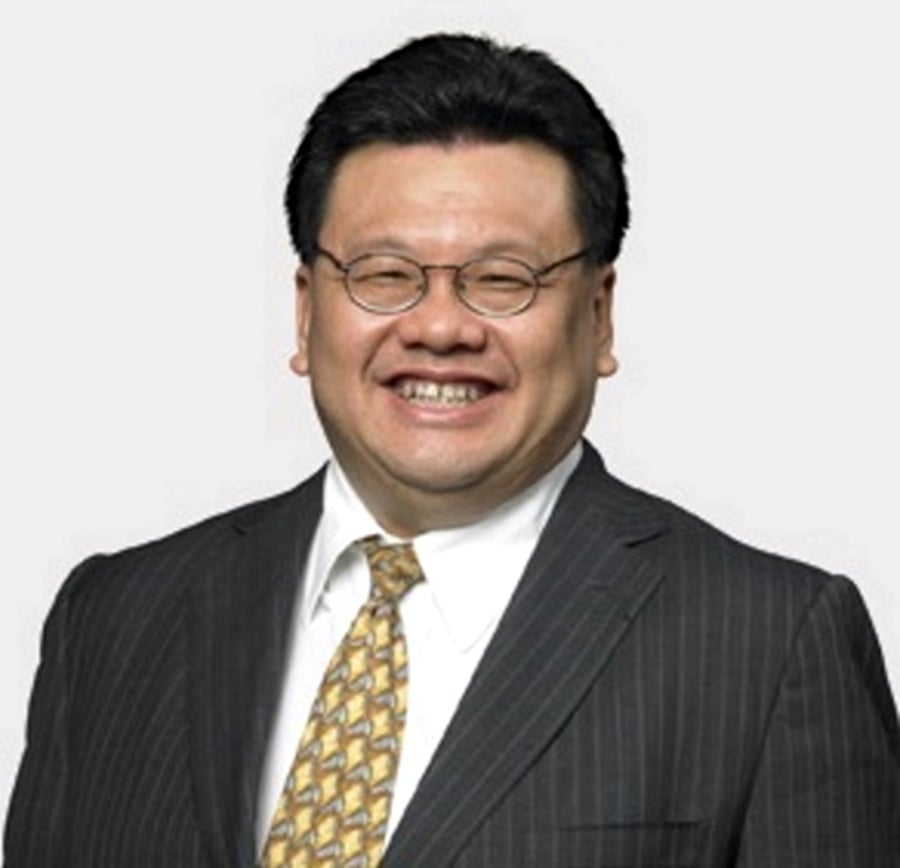
YTL Hotels executive director Datuk Mark Yeoh Seok Kah said The Majestic KL has been privy to the changing tides of the country.
"We reinvented the hotel. We are the only classic hotel in Kuala Lumpur with historical significance and we have to keep to it. We are in the historical mile of Kuala Lumpur and a lot of tourists from all over the world come here every year. History will always be embedded in this hotel and its significance will not change despite it getting a makeover," Yeoh told NST Property.
The restoration of this iconic hotel is in-line with YTL’s vision, which previously transformed Bintang Walk in Kuala Lumpur and encouraged duty-free shopping in the 1990s, all of which have been the catalyst in the city’s transformation. This move has led to Kuala Lumpur being awarded the world’s fourth-best shopping destination by CNN, and the second-best shopping city in Asia-Pacific by the Globe Shopper Index.
The company's efforts have earned the Majestic Hotel KL a coveted listing in the Leading Hotels of the World – the only hotel in Kuala Lumpur to bear this badge of honour, an accolade only other landmark hotels like The Ritz in London and, in Paris, Le Bristol possess.
The company's efforts have earned the Majestic Hotel KL a coveted listing in the Leading Hotels of the World – the only hotel in Kuala Lumpur to bear this badge of honour, an accolade only other landmark hotels like The Ritz in London and, in Paris, Le Bristol possess.
Fantastic location
Jalan Sultan Hishamuddin is not only a key location in Kuala Lumpur it is also known as the historical mile of the capital city, said Yeoh.
In the vicinity are many of the city's tourist attractions, including the National Museum, National Mosque, Islamic Arts Museum, National Textile Museum, Lake Gardens, Bird and Butterfly Parks.
Located opposite The Majestic Hotel KL is the striking old Moorish style KTM railway station and the Asian International Arbitration Centre.
Just next to the hotel is the grand Mughal-inspired railway administration building.
 |
| KTM Railway Station. Photo courtesy of Neshall Zorgo |
 |
| Photo courtesy of Neshall Zorgo |

"This is a fantastic location. We are within walking distance to the majority of the popular tourist attractions in the neighbourhood including Merdeka Square and China Town and these are all the originals of Kuala Lumpur," said Yeoh.
WATCH THE VIDEO


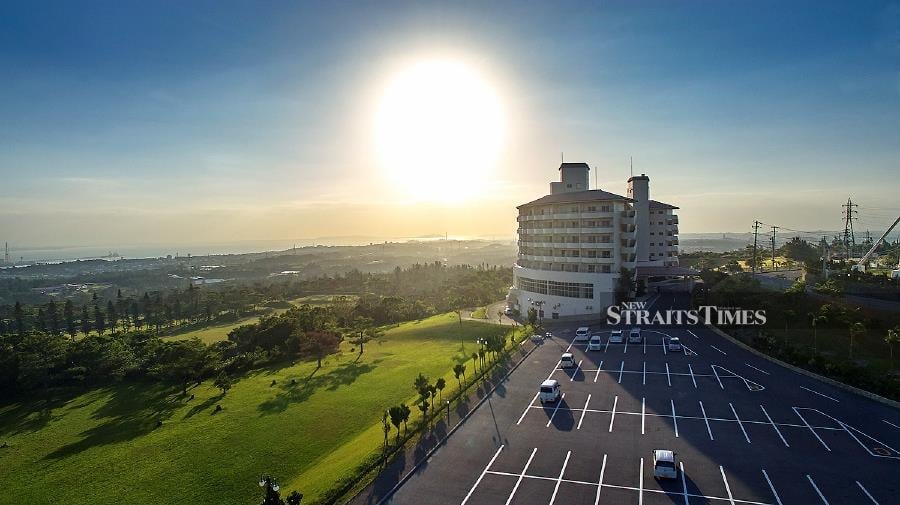




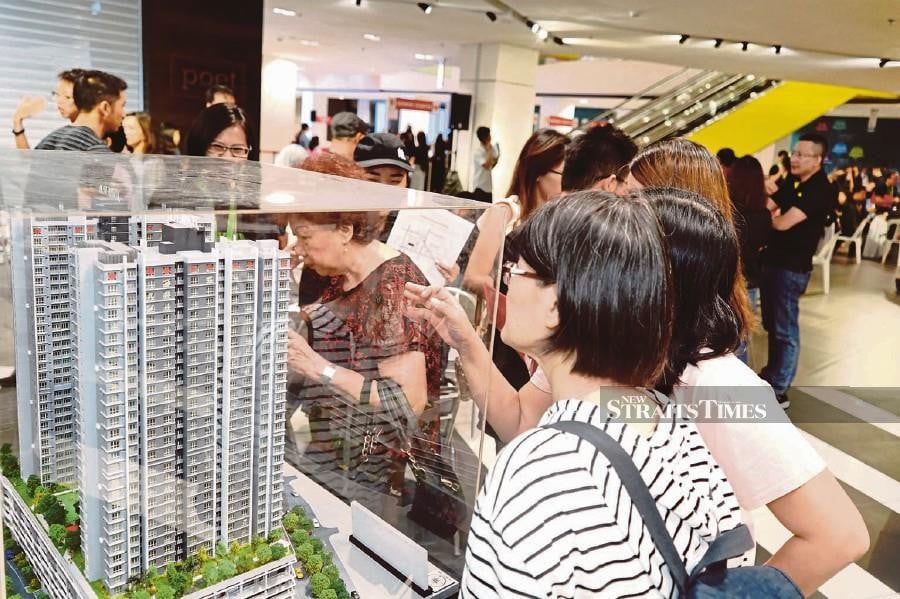



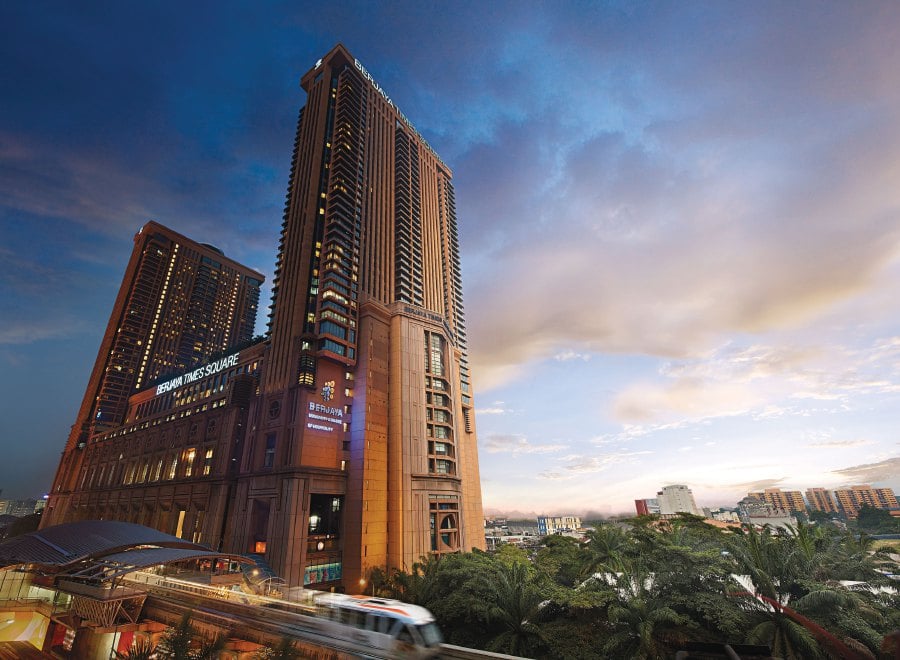

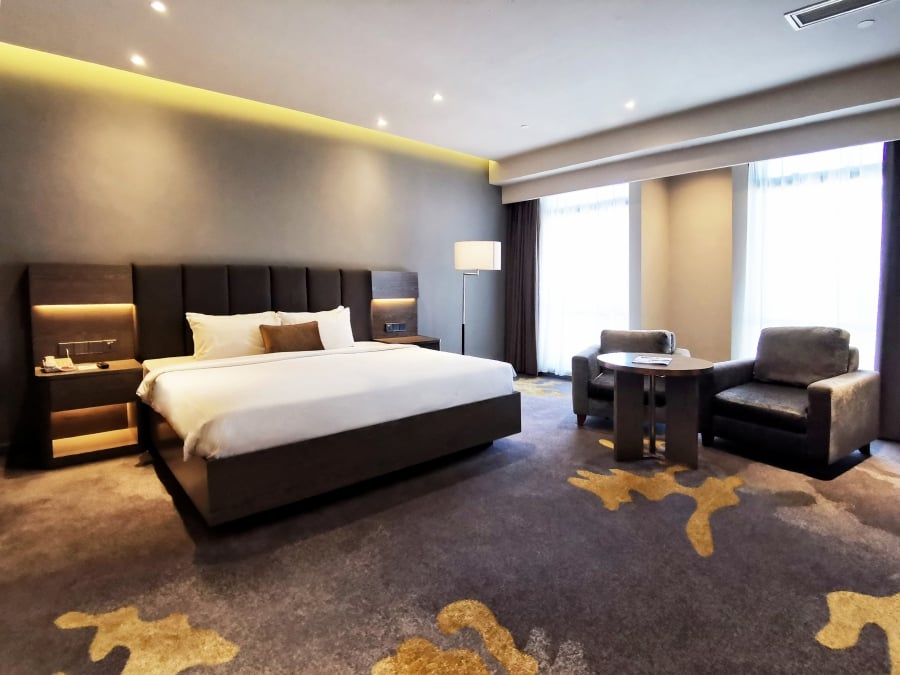 Newly refurbished studio room. Photo from Berjaya Hotels
Newly refurbished studio room. Photo from Berjaya Hotels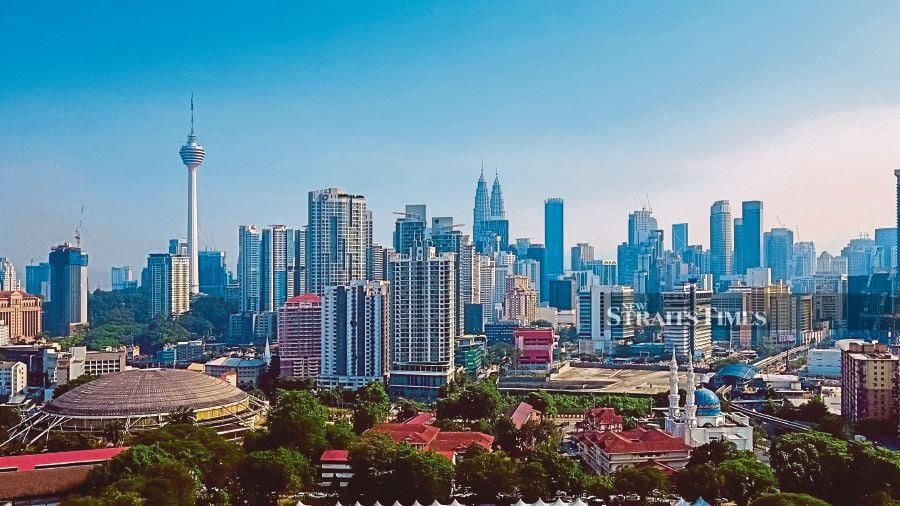
 More deals are being transacted in the high-end residential market. File Photo
More deals are being transacted in the high-end residential market. File Photo